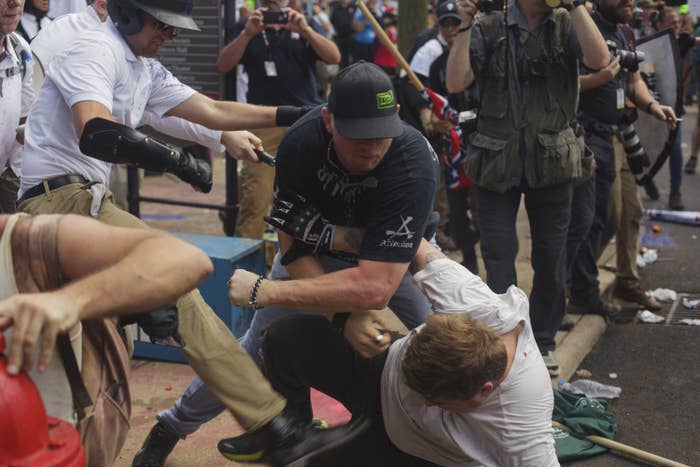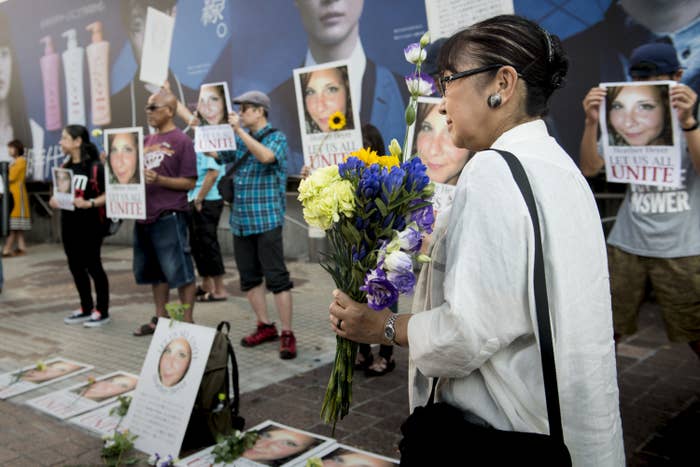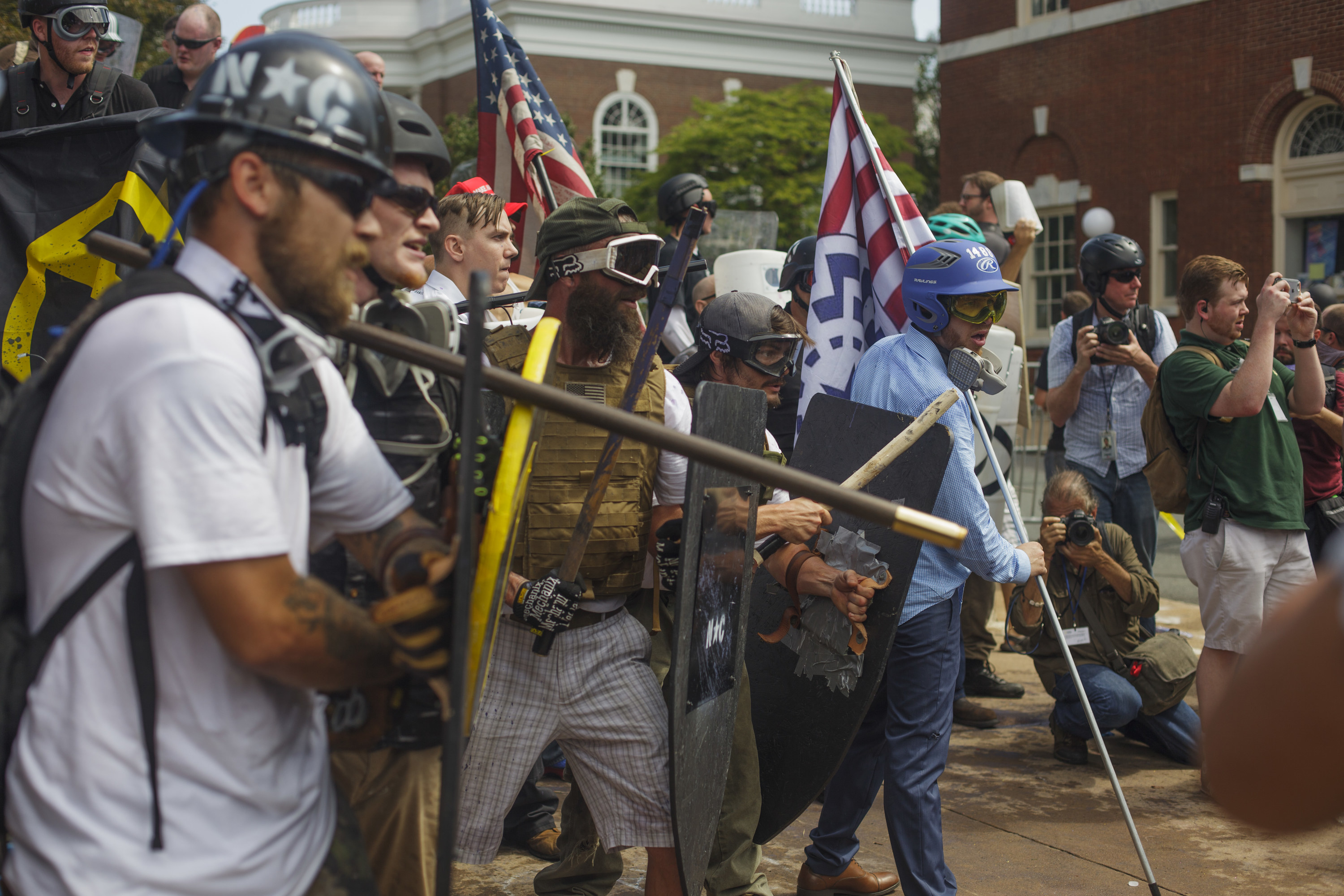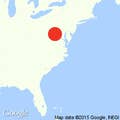
From a podium facing the jury, plaintiffs’ attorney Karen Dunn began her closing arguments in the landmark civil trial against neo-Nazis and other white supremacists by referencing defendant Richard Spencer.
“Spencer said you should find for the plaintiffs because we are ‘on the side of the angels.’ That is not true,” Dunn said. “We are asking for you to find for us because if you consider the law and the evidence ... you will find for the plaintiffs.”
Then, for an hour and a half, she methodically broke down for the jury the nature of what she alleged was a conspiracy to commit racially motivated violence, including how it was planned and executed on Aug. 11 and 12, 2017, ultimately leading to the murder of antiracist activist Heather Heyer and a weekend in Charlottesville that would shake the nation.
The defendants maintain that there was no conspiracy and attempted to argue that the violence was provoked by antiracist counterprotesters.
After more than three weeks of witness testimonies, jurors heard closing arguments Thursday in the trial against the white supremacist organizers of the “Unite the Right” rally in Charlottesville four years ago.
The federal lawsuit, filed by civil rights nonprofit Integrity First for America on behalf of nine people who were mentally or physically injured during the rally, alleges that 24 white nationalist figures and organizations conspired ahead of the event to commit racially motivated violence.

The plaintiffs spent more than two weeks building their case through what was often devastating testimony from victims of the violence at the Friday night torch march and the deadly car attack the following day that killed Heyer. Mountains of digital evidence include communications between the defendants in which they coordinated their movements during the rally and discussed bringing weapons to the event. In many instances, the conversations between the white supremacists included language about using violence to advance their racist agenda and even fomenting a “race war.”
Underscoring the defendants’ own words, Dunn argued Thursday that the group of white nationalists had invited violent actors to Charlottesville and “built an army” of far-right extremists “to cause racially motivated violence at the 'Battle of Charlottesville.’”
Dunn also spelled out for the jury what, according to the law, it means to be part of a conspiracy. For instance, she said, the defendants can be part of the conspiracy without knowing all coconspirators and all details of the plan.
“A single act can be enough to draw a member into the conspiracy,” she said. “You don’t have to cause the violence yourself; the violence just has to be reasonably foreseeable to you.”
Roberta Kaplan, her colead attorney, then spoke about the racist hatred that motivated the defendants, by using their own testimonies, social media posts, and manifestos against them.
She asked for $7 million to $10 million in damages for the plaintiffs’ physical injuries and $3 million to $5 million for their pain and suffering.
“You can also award punitive damages,” Kaplan said, adding that the amount would be purely up to the jury. “What would it take to ensure that defendants and their co-conspirators never ever do anything like this again?”
Some of the defendants had used racist slurs and even name-checked Adolf Hitler’s Mein Kampf in their bizarre opening statements, but their closing arguments were more restrained.

James Kolenich, attorney for defendants Jason Kessler, Nathan Damigo, and the organization Identity Evropa, told the jury that the injuries the plaintiffs suffered and evidence of racism on social media doesn’t prove a conspiracy.
“They’ve proven to you the alt-right is the alt-right. They’re racists, they’re antisemites,” Kolenich said. “You knew that when you walked in here. But what does that do to prove a conspiracy?”
Kolenich argued that the defendants “didn’t agree to attack anybody offensively, and there is no evidence that they did.” Rather, he said, the defendants conspired only to provoke “antifa” into violence so that there would be “an actual legal reason” to fight in Charlottesville.
David Campbell, attorney for defendant James Fields, who was previously convicted of murdering Heyer, used his time predominantly to argue about the cost of potential damages. Fields, who is in prison for life, doesn’t need to be financially punished to deter him from committing any more violent acts, he said.
Spencer, arguing on his own behalf, told the jury in his closing arguments he was “grateful” to be able to defend extreme rhetoric.
“White nationalism is about family. It's about us. It's about being a part of something bigger than yourself,” Spencer said. “It’s something I’m willing to risk quite a bit for.”
The defendants took only two days to present their case, which boiled down to trying to show that not all of them knew one another and that those who did had had limited contact. They claimed the racist and violent communication that they posted on social media and sent each other in the weeks and days leading up to “Unite the Right” was merely rhetoric and speech protected by the First Amendment. And in a desperate attempt to get the case dismissed altogether, two of them filed a motion with the judge to throw it out. In response, the judge told them he believed there was sufficient evidence presented to prove the conspiracy allegation.
The defendants’ direct examinations of witnesses were at times disjointed and rambling. Two of them, alt-right leader Spencer and neo-Nazi podcaster Christopher Cantwell, are defending themselves in court; the former because he couldn’t afford attorneys, and the latter because his outbursts scared off his legal counsel. Their questioning of one another, as well as that of the lead defendant and white nationalist Kessler, became an opportunity to air their grievances about each other, and their desires to lead the rally, in front of the jury.
In one instance, Cantwell failed to show that Natalie Romero, who was badly injured during the riot, was a member of or sympathetic toward antifa — a decentralized collective of antiracists who protest against the far right. In doing so, he introduced evidence that showed him attacking a peaceful group of counterprotesters that included Romero and raised the question of whether he had hit her.
Unlike a criminal trial, in which the jury must find guilt “beyond a reasonable doubt,” in this case, Judge Norman Moon said Wednesday, jurors need only to find that there is a “preponderance of evidence,” or a 50.1% possibility of the claim being true.
The jury will begin deliberations Friday.

